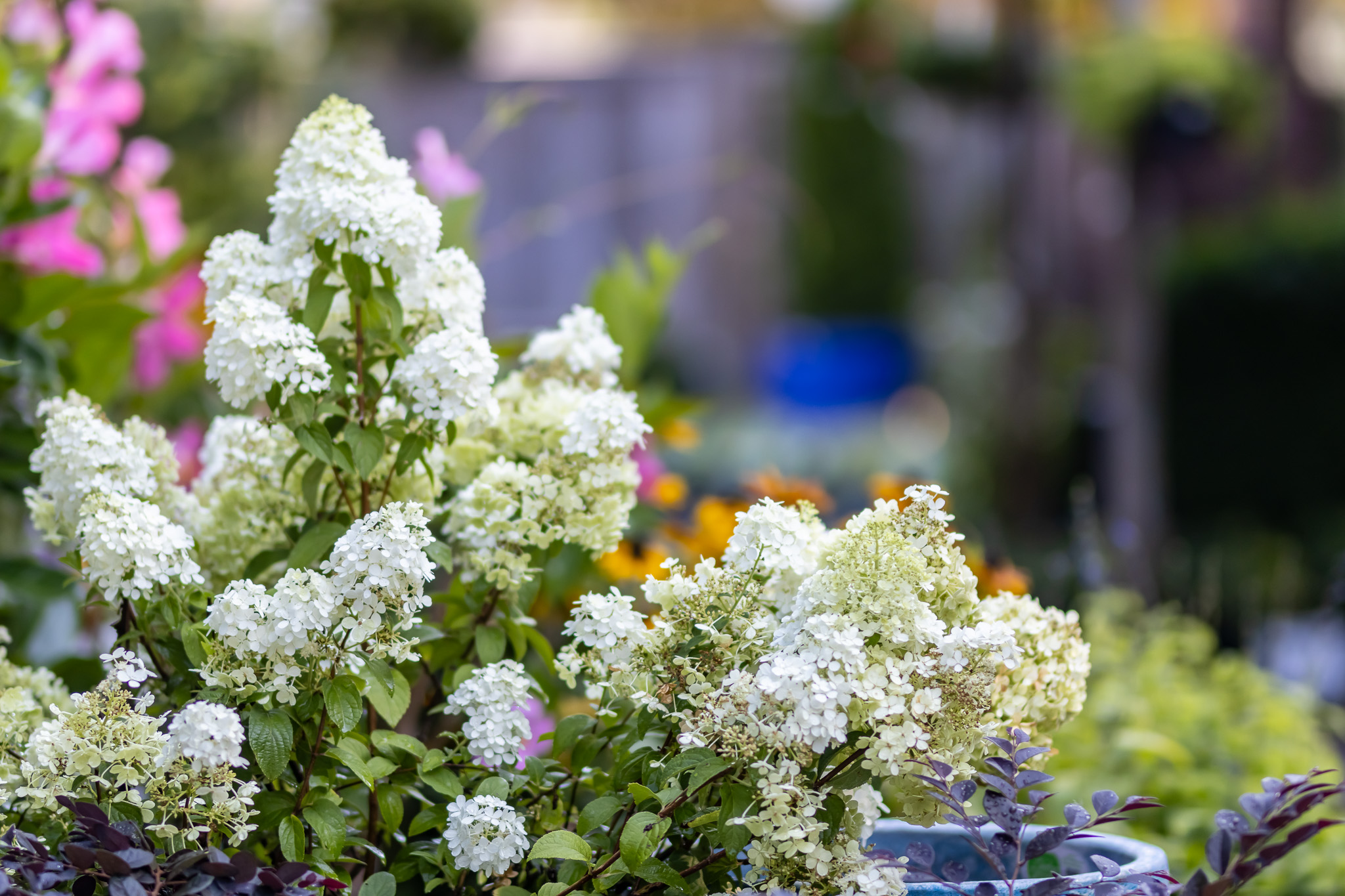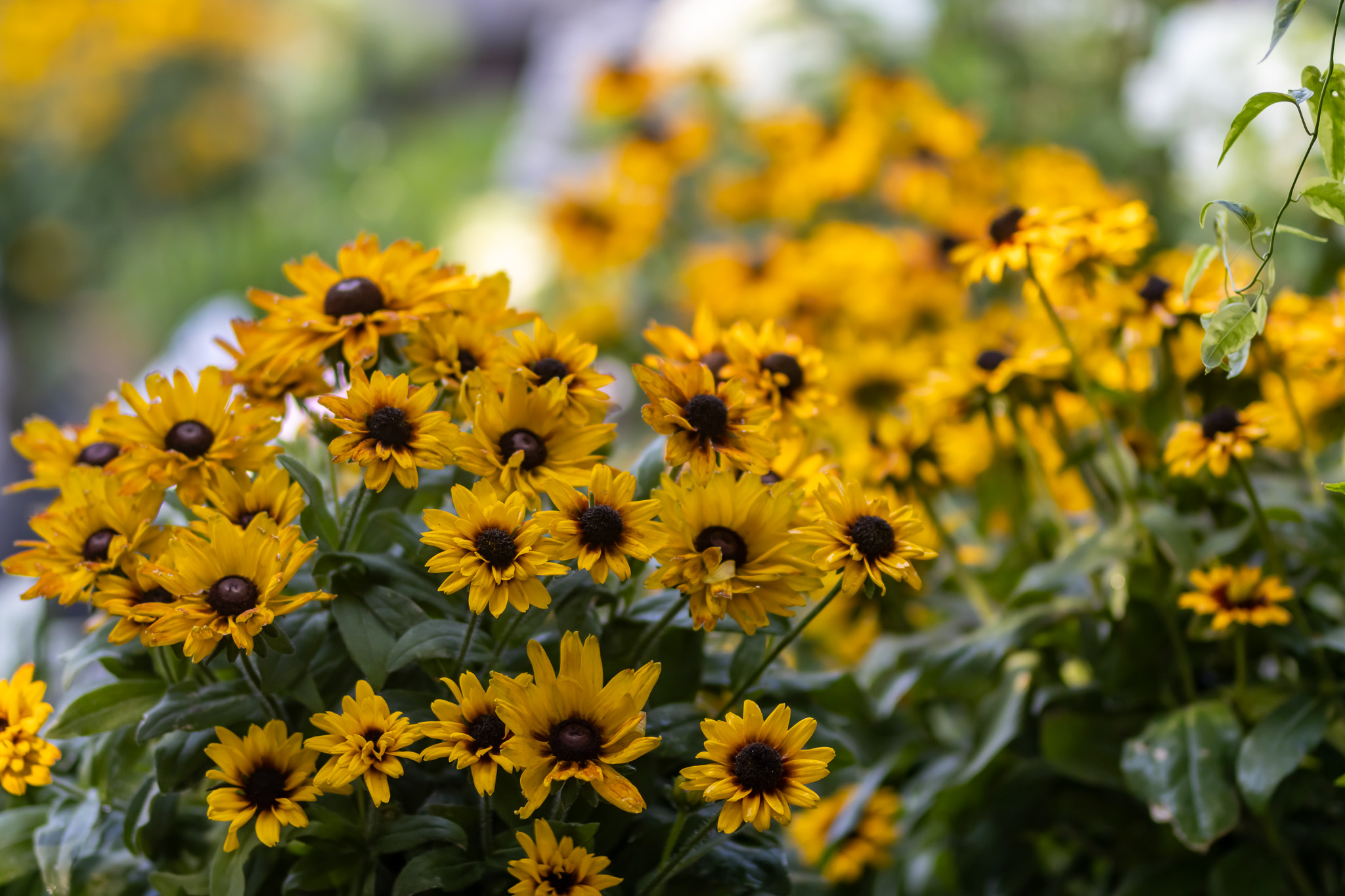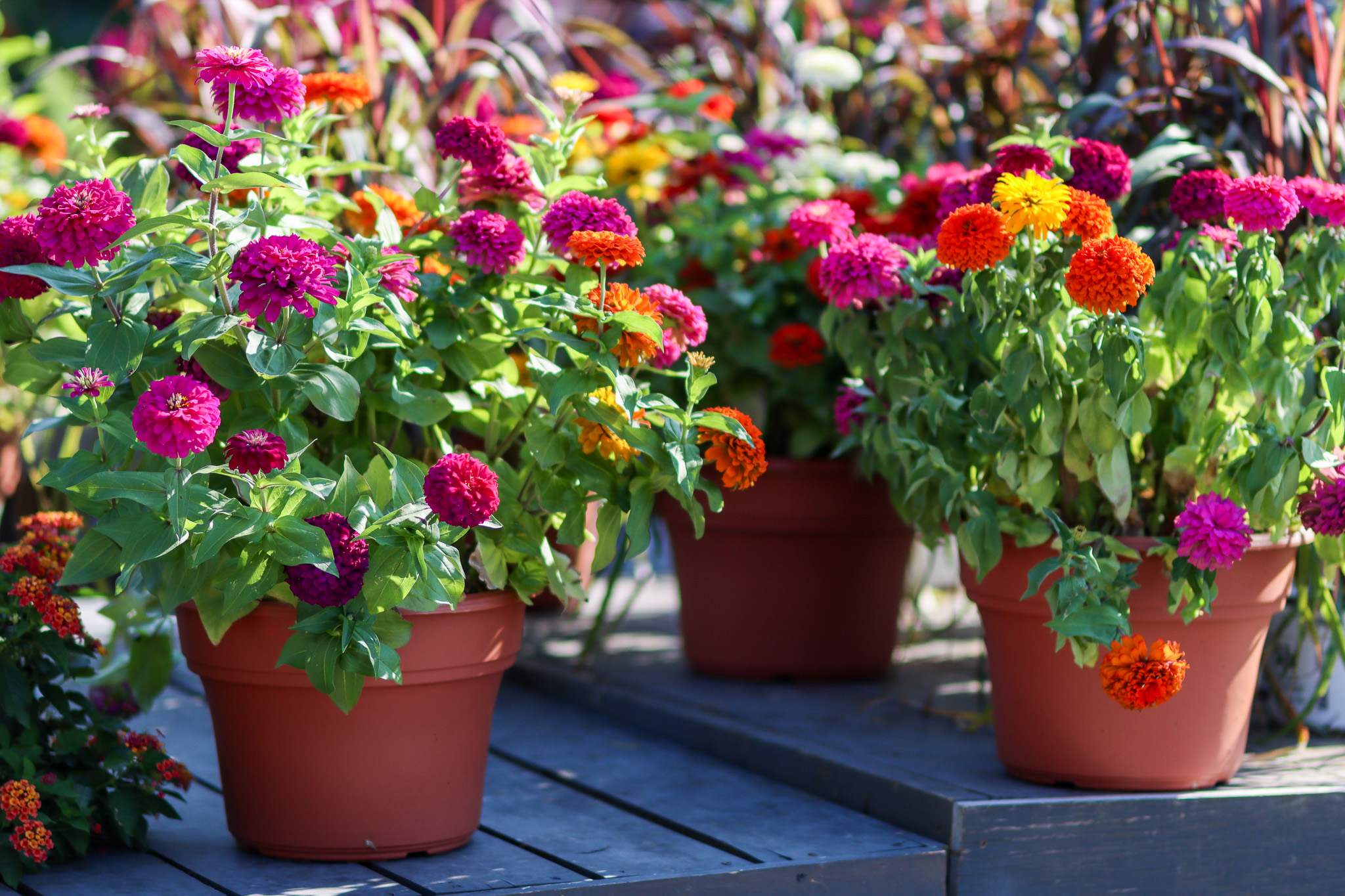Late summer in Southeastern Virginia means high heat, high humidity, and long days, but it’s also the perfect time to start preparing your garden for the cooler months ahead. From strategic pruning to smart planting decisions, this short checklist focuses on the tasks that set your landscape up for long-term success.



Prune the Right Plants
Late summer is a good time to clean up tired growth and lightly shape certain plants, but timing matters.
What you can prune now:
- Butterfly bush – Cut back faded blooms to encourage another flush.
- Salvia, catmint, and daylilies – Remove spent flowers and browned foliage.
- Bigleaf and oakleaf hydrangeas – Prune only if needed, and before mid-August to avoid cutting off next year’s blooms.
- Roses – Deadhead and lightly shape, but save major pruning for late winter.
Hold off on:
- Azaleas and camellias – If you haven’t pruned by now, skip it until after next spring’s bloom cycle, unless they are reblooming azaleas.
- Crepe myrtles – Avoid cutting back branches until winter; just remove suckers or spent blooms if desired.
Divide & Relocate Select Perennials
If a plant is too large, underperforming, or just in the wrong spot, late summer is a good time to make note of it and plan for division or transplanting once the weather breaks.
What to divide in late summer to early fall:
- Daylilies
- Irises
- Shasta daisies
- Black-eyed Susans
Quick Tip: Water thoroughly before and after digging, and try to transplant on an overcast day or in the early evening for the best transition.
Pull What’s Done
Clear out any spent annuals or veggies that have reached the end of their cycle. This helps clean up your beds and makes room for fall color or a new round of seasonal edibles. Use this time to refresh the soil with compost or slow-release plant food before replanting.
Adjust Your Routine
It’s hot out there, so plan accordingly and stay safe!
- Work early or late in the day to avoid heat stress.
- Use shade cloth or temporary covers to protect heat-sensitive plants.
- Pay attention to wilt and distress from your plants as this could cause more issues in the next season.
Reflect & Get Ready for Fall
Late summer might feel early, but it’s the perfect time to start thinking about your fall garden. Take note of what thrived and what didn’t as well as sunlight patterns, soil issues, or plant combinations that could use adjusting. These observations will guide better choices for the next planting season.
As you plan ahead:
- Make a list of what you'd like to move or divide in your existing garden
- Prep beds by clearing out tired annuals and refreshing the soil.
- Look for what perennials, shrubs, and trees that you’d want to plant before the end of the year. Fall is the ideal time to plant them in Southeastern Virginia thanks to cooler temps and still-warm soil.
Starting your prep now sets you up for a smoother transition into fall planting, when the weather is far more forgiving and root systems get a healthy head start.
Summer may still be in full swing, but a little prep now sets the stage for a smooth and beautiful transition into fall. To stay inspired and grow with us, follow us on Facebook, Instagram, Pinterest, and TikTok to dig into the joys of gardening!
